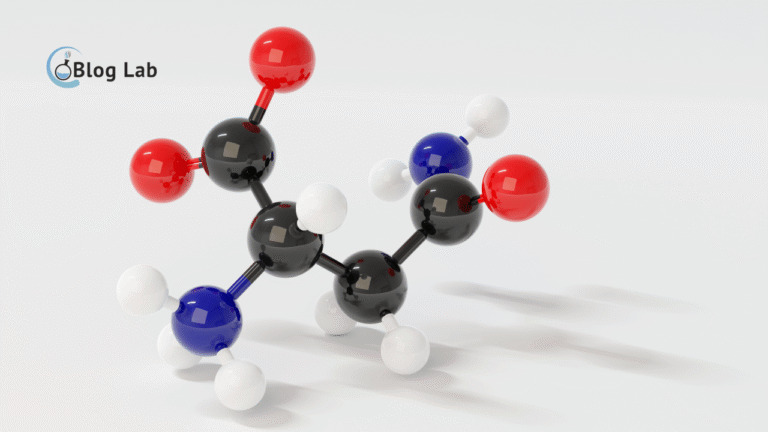Is that Helium and how it works?

Helium is a chemical element that has an atomic number 2 and the chemical symbol of He. Helium is the first element of the noble gas group in the periodic table and has a boiling point and the lowest melting point among all elements. In this article, we'll talk more about the properties helium, the way it works, and the applications in different areas. See too "10 Fakta tentang Helium (He)“.
Helium material
Helium has some unique properties that make it very useful in various industrial and scientific applications. Here are some of the main properties of helium:
- Inert and Monoatomic: Helium is gas Noble is most unreactive after neon. Due to his innate nature, helium will not react chemically under normal conditions. It makes it very safe to use in various industrial processes.
- Low Pushing Point and Melted PointHelium has a boiling point around -268 ° C and a melting point around -272.2 ° C. This trait creates helium only as a gas except in very extreme conditions.
- High Thermal ConductivityHelium has thermal conductivity higher than any other gas, except hydrogen. It makes it very effective as a cooler.
- High Difusion Rate: Size atom Small helium allows its difusal rate three times faster than regular air and about 65% of the rate of hydrogen diffusion.
- NoHelium is the least dissolved gas in water, which limits its use in specific applications.
Helium Isotopes
Helium has some isotopes, but the most common ones are helium-4 (Helium-3). Helium-4 is the most abundant isotope, covering about 99% of all natural helium. Helium
Helium Application
Helium has many important applications in industry and scientific research:

- Balloon and airshipHelium is used to fill balloons and airships because of its lightweight nature and not flammable.
- KriogenicaLiquid helium is used as a cooler in cryogenic research, especially in superconductivity studies and superfluidities.
- Bow welding: Helium used as protective gas in bow welding due to its innermost properties reaksi kimia With a welded metal.
- Deep Sea Breathing System: Helium is used in a mixture of breathing gas for deep-sea divers as it is not toxic and does not cause nitrogen poisoning.
- Silicon Crystal ReapingHelium is used in the process of growing silicon crystals because of its good isolation skills.
Helium Work in Industrial Application
In industrial applications, helium works on its unique properties:
- Use as CoolerIn cryogenic, liquid helium is used to cool off the material until very low temperatures. This process involves cooling up, where helium is cooled under the Joulet-Thomson inversion point, thus allowing further cooling through expansion.
- Use as Protection GasIn bow welding, helium is used to prevent welded metal oxidation by blocking the air from reaching the welding area. This ensures better quality of the welding and prevents damage from chemical reactions.
- Use in BalloonHelium is used in balloons because it's light and not flammable. It allows balloons to float in the air without risk of a fire.
Helium Superfluidity Phenomena
One of the most interesting phenomena of helium is superfluidity, which happens to helium-4 when it's cooled below its lamppoint (about 2,1768 K). In this state, helium II shows unusual properties, such as viskositas Zero and ability flow through a very small gap with no obstacles.
Research and Development
Helium continues to be the subject of research in various fields, especially in quantum physics and cryogenic physics. The study of superfluidity and superconductivity using liquid helium helps understand quantum phenomena on the macroscopic scale.
Conclusion
Helium is unsur kimia Very unique with the properties that make it very useful in various industrial and scientific applications. From the use of balloons to cryogenic research, helium continues to play an important role in the advancement of technology and scientific knowledge. Understanding the nature of helium and its workings can help students and students understand the concepts of deeper chemistry and physics.
In industrial research and applications, helium will continue to be a very important element because of its inert and thermal conductivity. Therefore, understanding helium and its workings are not only important to chemical students, but also to anyone interested in technology and scientific research.
Source: wikipedia.org, Processing .com, umpgas.com





